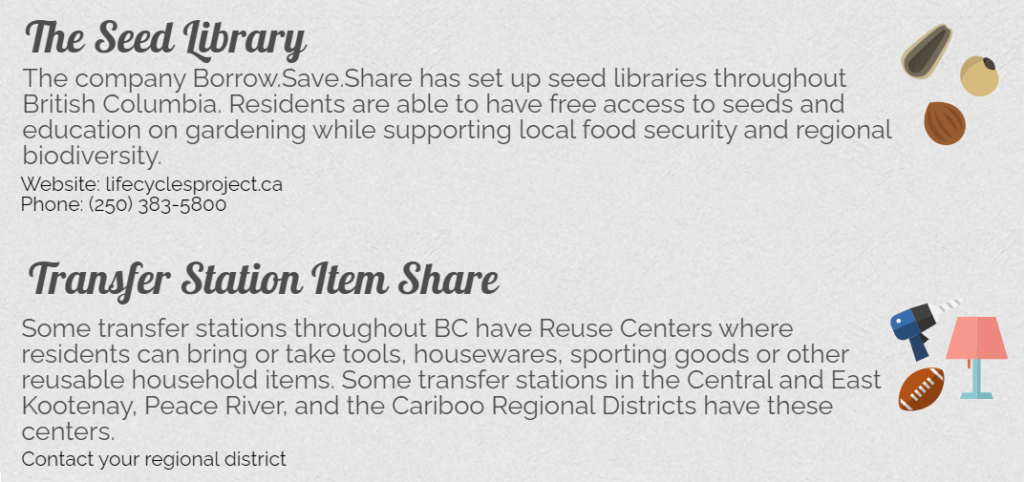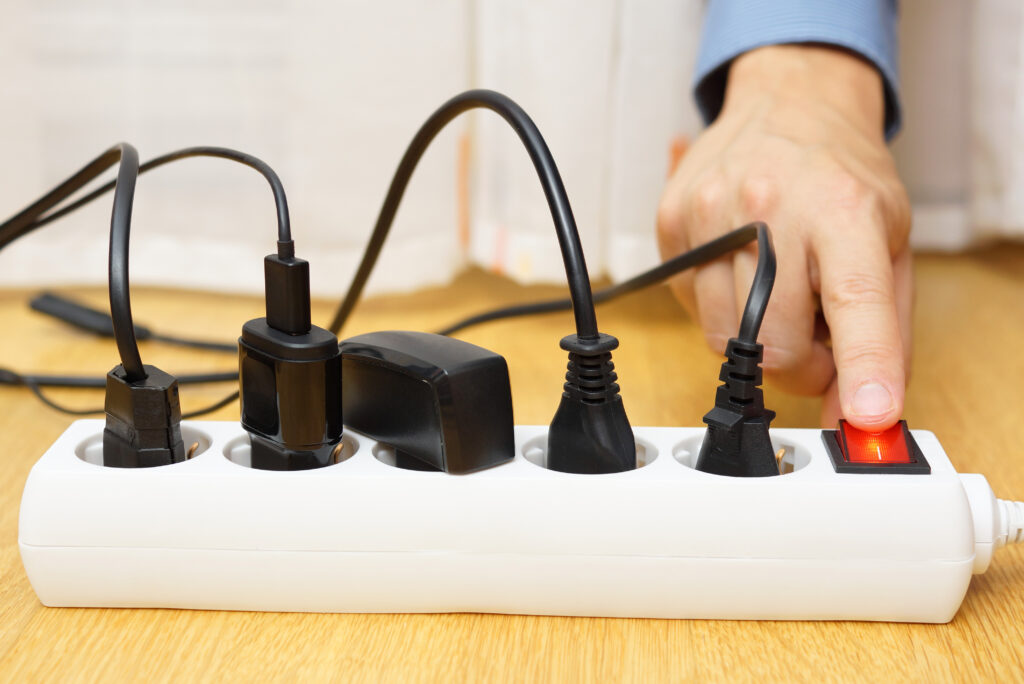Earth Day is marked annually on April 22nd and aims to diversify, educate and activate the environmental movement worldwide. For 2022 the initiative is going bigger and broader with engaging digital and in-person events being held worldwide including a free Earth Day Climate Action Summit. Want to connect with and learn from others who are passionate about protecting the Planet? You can search for online and local Earth Day events on the Earthday.ca website or the Earthday.org website. Looking for some simple ways to lighten your impact on the planet? Read on for 6 ways to take green action for Earth Day!
1. Donate rarely used tools and appliances
Sort through items that have been shoved in the back of cupboards and take stock of items that have not been used in the last year. If the last time you used an item was more than a year ago, do you really need it? Test out small appliances and power tools and consider donating functioning tools and appliances to a thrift store or a local sharing initiative. For example, did you know that the Salvation Army accepts most household goods, furniture and clothes in useable condition. What is usable condition? If you would give it to a friend to use then chances are The Salvation Army will accept it.
You have likely heard of car-sharing such as Zip Car, but the sharing economy and initiatives that support it go beyond cars. The sharing economy includes the sharing or renting of items that individuals may not use regularly, have funds to invest in, or have space for. For example check out:
- Tool Libraries that have popped up in Victoria, Vancouver, and the Kootenays
- The Thingery which rents out a wide variety of items within a community.
- Your local municipal library. Some libraries are starting to provide a ‘library of things’ section, like in Terrace and Nelson
Find more BC sharing economy initiatives compiled in RCBC’s infographic here, from shared kitchens to seed sharing!
2. Fix what is broken
For broken items collected while spring cleaning, do some trouble-shooting to see if they are fixable. What may seem broken, might actually only need a good clean or some super glue. There are many online resources on how to repair small appliances, electronics, jewelry and textiles. Learn how to sew buttons or fix holes in your favorite clothes by watching Metro Vancouver’s Think Thrice repair videos. You can also check out our blog post with some great general small appliance repair tips or read our specific posts on fixing vacuums, portable fans, or sewing machines.
If you don’t have any luck repairing an item at home, set it aside to be brought to a Repair Cafe or a recycling depot at a later date. Did you know that ElectroRecycle has over 250 collection locations in BC to recycle your broken small appliances and power tools for free? Search for the closest small appliance and power tool recycling depot near you by using our recycling location search tool.
3. Re-purpose or refurbish
Now is a great time to re-purpose or refurbish items you already have at home instead of buying new. It can be tempting to shop online to update your living space (especially since you’re spending more time in it these days) but resist that Amazon.ca tab! Each time you buy something new, it has a chain of unintended impacts on the environment.
Instead of buying a new desk, give the one that’s been relegated to the basement a make-over. Want to put up some new photos? Repurpose an old frame to make a great photo display. Find lots of inspiration for re-purposing and refurbishing on Pinterest. If your re-purposing project gets a little carried away and your equipment breaks, remember that we recycle broken electrical crafting equipment (e.g. glue guns and sewing machines). We also recycle power tools such as electric sanders, drills and soldering irons. Check out our list of accepted products to determine if your broken equipment can be recycled at one of our 200+ collection sites across BC!

4. Plan to grocery shop with intention & avoid food waste
Skip the panic buying and take time to do an inventory of the food you already have at home (including older canned items). Check and note what should be consumed soon and aim to use those items this week. Write a shopping list so you don’t double up unnecessarily. If you want to stock-up for an emergency, focus on non-perishables like beans, rice, and pasta.

Did you know that wasted food costs the average Canadian more than $1,100 per year? Planning meals ahead of time can substantially reduce food waste and save you money. Check out Love Food Hate Waste – Canada for meal planning tips and learn how to keep your food fresh for longer. Find out answers to those practical questions you never knew you had like – how can I keep lettuce from wilting? Why should I use crisper drawers? Can I freeze cheese?
5. Declutter your inbox
Clean out your email inbox! If you have 5000 unread message notifications, you might want to consider reducing that number for Earth Day! You can reduce carbon emissions by regularly deleting nonessential messages. Emails use up energy, not only for your laptop, but to power the servers where every single email sent is stored. The huge quantity of globally transmitted and stored data requires large server farms. Server farms are centres with millions of computers that store and transmit information. They operate 24 hours a day and massive amounts of energy and water are needed to run the computers and air conditioning to keep equipment from overheating.

In addition to deleting old emails from you inbox, consider sending less emails in the first place. A recent British study by the energy company OVO found that if every adult in the UK sent one less ‘Thank you’ email a day more than 16,400 tonnes of carbon a year could be saved (equivalent to taking more that 3,300 diesel cars off the road). Find more tips to reduce your email carbon footprint and calculate your own emissions on this CWJob Website.
6. Turn it off
Prolong the life of your small appliances and prevent them needlessly sucking up power by unplugging or turning off items when not in use. Reducing phantom power usage can increase the life span of your electrical appliances. Keeping your items turned on and/or plugged in at all times wears down the internal parts. Also, electrical surges can have devastating impacts. Over time, switching off items like fans, coffee makers, and diffusers can save you money and prolong the life of your products!

Here are a few other tips to maximize the life of your electrical products and save energy:
- Install power-strips with surge protectors around your home
- Organize frequently used appliances on one power bar and less frequently used ones on another
- Only turn on power bars when needed – easy as a light switch! You can even purchase power bars with timers to ensure home office electronics automatically turn off each evening, no reminders necessary
Interested to learn more green action ideas for Earth Day and every day? Follow Earth Day Network on social media or visit their web page for more ways to invest in the Earth!
Author: Leah Coulter




Comments